Reptiles have become increasingly popular pets due to their fascinating behaviors, relatively low maintenance requirements, and the unique bond they form with their owners. However, providing proper care for these cold-blooded companions requires specific equipment to create and maintain their specialized environments. Whether you’re a first-time reptile owner or looking to improve your current setup, having the right tools is essential for your pet’s health and wellbeing. This comprehensive guide covers the 12 must-have tools that will help you provide optimal care for your scaly friend, ensuring they thrive in their captive habitat.
1. Thermometer and Hygrometer Combo
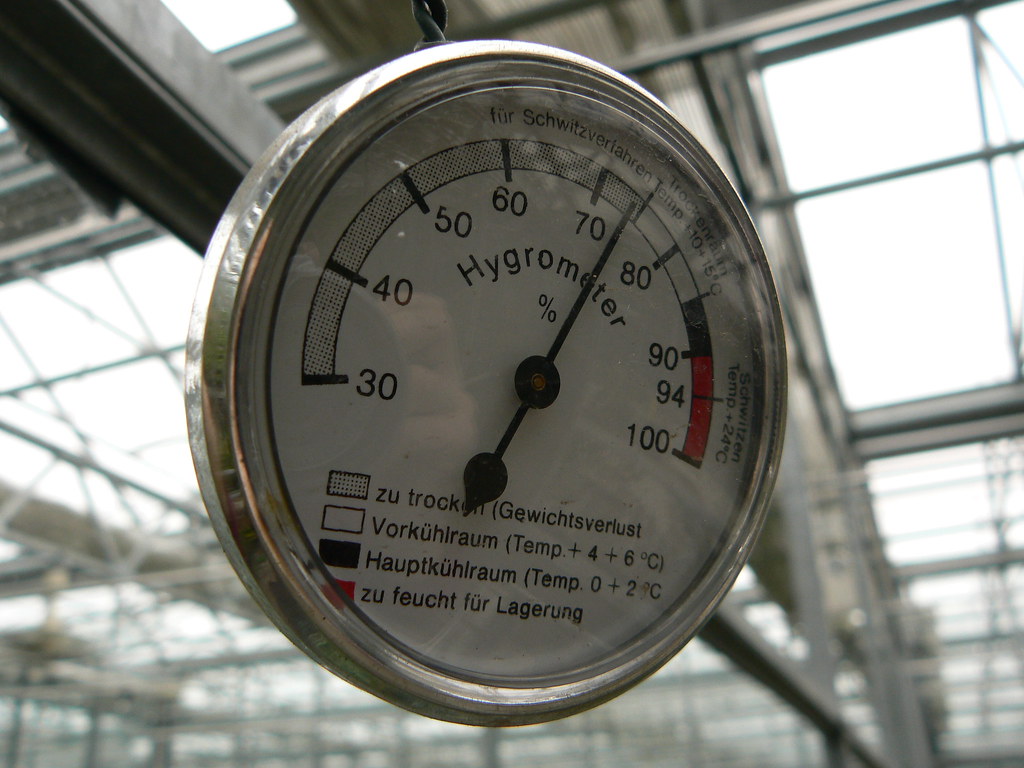
Reptiles are ectothermic creatures that rely on external heat sources to regulate their body temperature, making accurate temperature monitoring absolutely critical for their health. A reliable thermometer and hygrometer combo device allows you to monitor both temperature and humidity levels simultaneously, ensuring your pet’s environment remains within the optimal range for their species. Digital models with remote sensors are particularly useful as they allow you to measure temperatures at different points in the enclosure, such as the basking spot and the cooler side, confirming you’ve established a proper temperature gradient. Some advanced models even connect to smartphone apps, enabling you to monitor conditions remotely and receive alerts if parameters fall outside safe ranges.
2. Proper Handling Tools
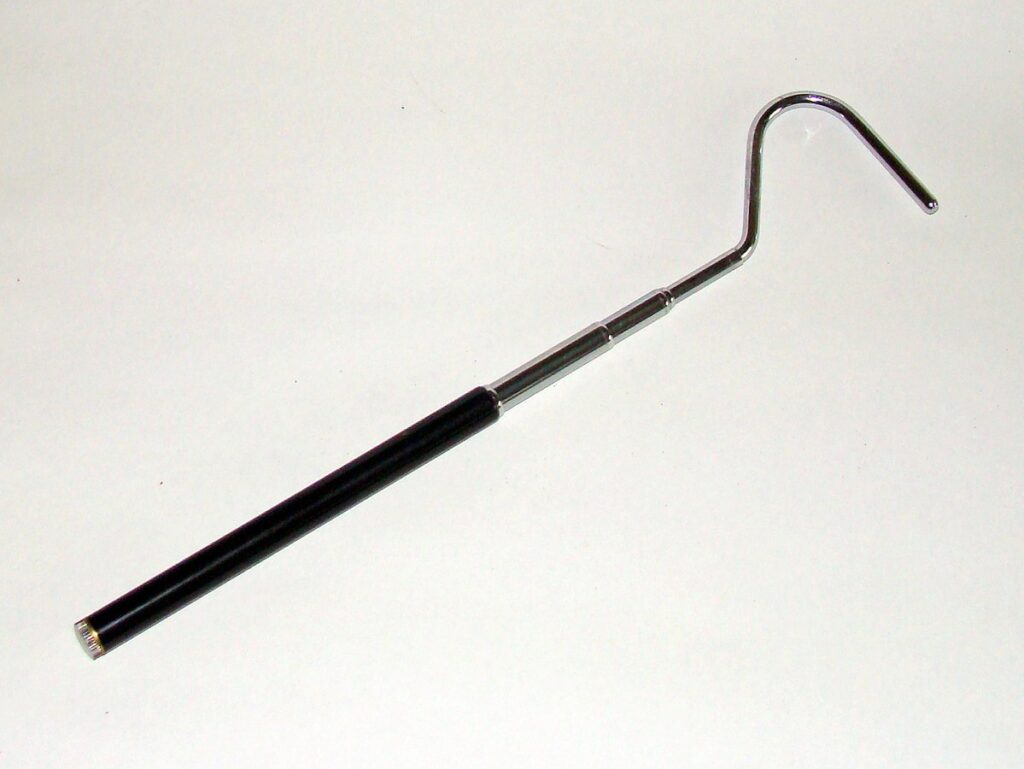
Even the most docile reptiles can become stressed or defensive during handling, making appropriate handling tools essential for both your safety and your pet’s wellbeing. Snake hooks are invaluable for safely moving snakes without causing them stress, while padded reptile tongs can help with gently guiding more skittish lizards. For smaller species, soft reptile gloves provide protection while still allowing you to feel and control your movements during handling sessions. These tools are particularly important when working with newly acquired reptiles or species known to be more defensive, as they create distance between your hands and the animal until trust is established. Regular use of proper handling tools can help reduce stress for your pet and minimize the risk of bites or scratches.
3. UVB Lighting System
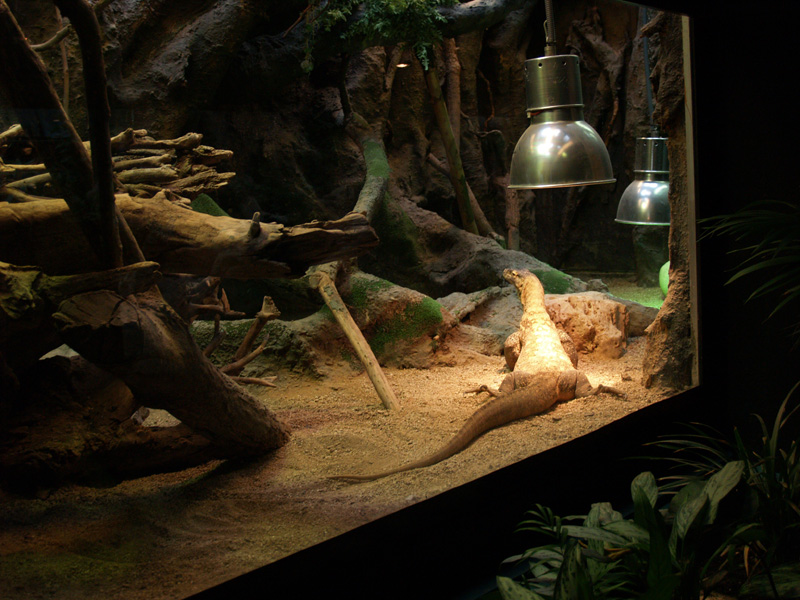
UVB lighting is non-negotiable for many reptile species, especially diurnal lizards, as it enables them to synthesize vitamin D3, which is essential for calcium absorption and overall health. A high-quality UVB lighting system should include both the fixture and the appropriate strength bulb for your specific species, as requirements vary significantly between desert-dwelling and forest species. These bulbs typically need replacement every 6-12 months even if they still emit visible light, as their UVB output diminishes over time despite continuing to illuminate.
Modern reptile UVB systems come in various formats including compact fluorescent, linear fluorescent, and mercury vapor options, each with specific benefits depending on your enclosure size and setup. Regular replacement and proper positioning of UVB lighting is one of the most important preventative measures against metabolic bone disease, a common and serious health issue in captive reptiles.
4. Temperature-Regulating Devices

Creating and maintaining appropriate temperature gradients requires reliable heating equipment controlled by thermostats for safety and precision. Depending on your reptile’s needs, you might utilize under-tank heaters, ceramic heat emitters, basking bulbs, or radiant heat panels to create the perfect microclimate. These heating elements should always be connected to a high-quality thermostat that will automatically cut power if temperatures exceed safe levels, preventing potentially fatal overheating scenarios. Digital thermostats with proportional control offer the most precise temperature regulation by gradually adjusting power rather than simply turning heating elements on and off, which creates more stable conditions. For species with complex requirements, investing in programmable thermostats that can create day/night temperature cycles automatically will significantly improve your husbandry capabilities.
5. Substrate Tools and Sifters
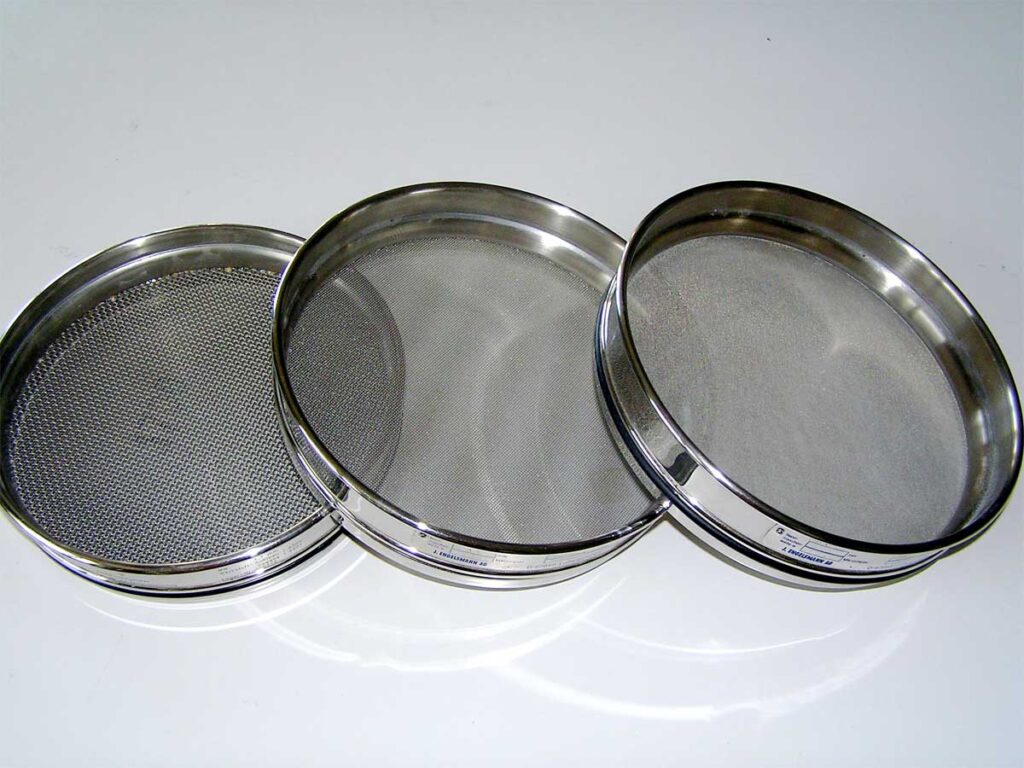
Maintaining clean substrate is fundamental to reptile health, making substrate tools essential for any responsible owner. A set of small rakes, scoops, and sifters allows for efficient spot cleaning of waste and removal of soiled bedding without disturbing the entire habitat. For bioactive setups, specialized substrate tools help with turning and aerating the soil layers, promoting beneficial microbial activity and preventing compaction. Long-handled tools are particularly valuable for larger enclosures or when working with defensive species, allowing you to maintain cleanliness without unnecessary handling of your pet. Some specialized reptile substrate tools include antimicrobial coatings to reduce the spread of bacteria during cleaning procedures, an added benefit for maintaining a healthy environment.
6. Digital Scale
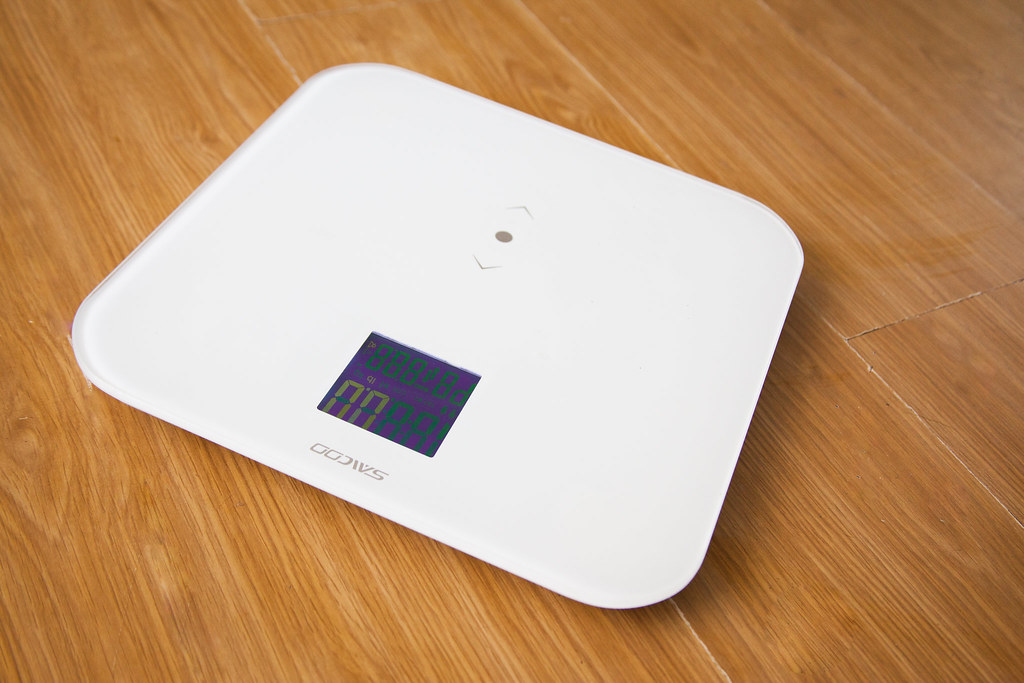
Monitoring your reptile’s weight is one of the most reliable methods for tracking health over time, making a digital scale an indispensable tool in your care arsenal. Regular weighing helps detect subtle weight changes that might indicate health issues before they become obvious through visual assessment alone. For smaller species, a precision scale that measures in grams provides the accuracy needed to detect even minor fluctuations that could signal developing problems. Creating a weight chart or log allows you to track growth patterns in juveniles or maintain appropriate weight in adults, providing valuable data that can be shared with your veterinarian during checkups. Some reptile owners find that kitchen scales work well for medium to larger species, while jewelry or postal scales offer better precision for hatchlings and smaller reptiles.
7. Misting System or Spray Bottle

Humidity management is crucial for many reptile species, particularly those from tropical environments, making reliable misting equipment essential. Automated misting systems provide consistent humidity levels through programmable misting cycles, which is particularly valuable for species with strict humidity requirements or for owners with busy schedules. For those with simpler setups or fewer humidity-dependent species, a high-quality hand mister or spray bottle with adjustable nozzle settings allows for manual humidity control and direct misting of animals that enjoy water droplets.
The ability to create a fine mist rather than large droplets is particularly important for delicate species that benefit from increased ambient humidity without becoming soaked. Some reptile owners maintain multiple spray bottles with different solutions—plain water for general humidity, reptile-safe disinfectant for quick cleanups, and perhaps a third with electrolyte solution for hydrating sick animals.
8. Feeding Tools and Accessories
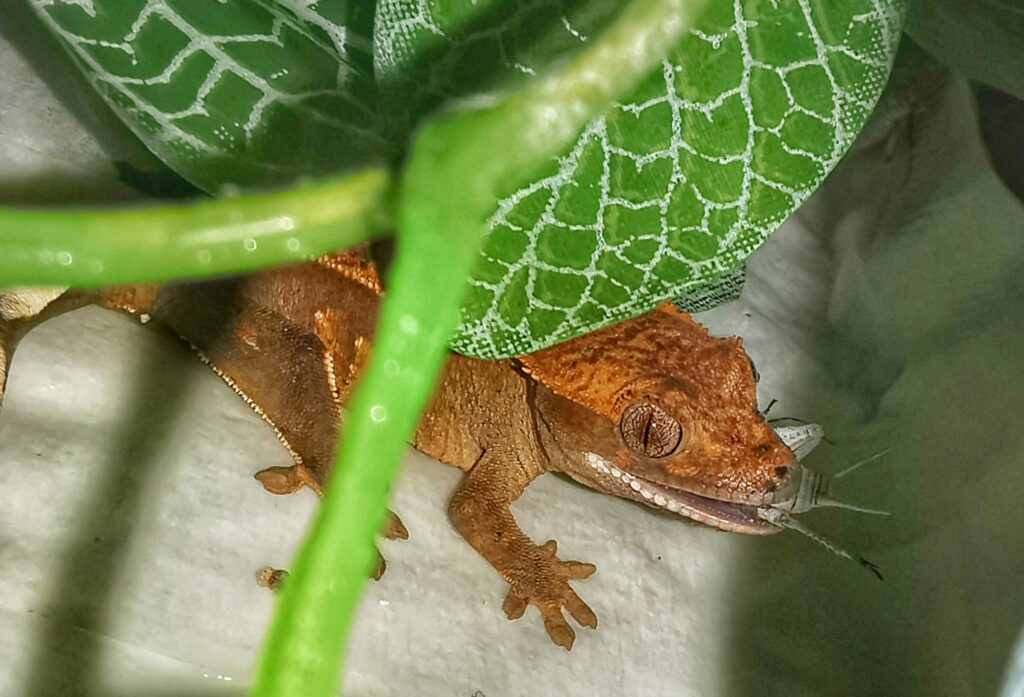
Safe and hygienic feeding practices require specialized tools that keep your hands away from food items and hungry reptiles alike. Feeding tongs in various lengths allow for precise placement of prey items, encouraging natural hunting behaviors while maintaining a safe distance from species that might associate hands with food. For herbivorous reptiles, shallow food dishes with secure bases prevent tipping, while elevated platforms for food can help prevent substrate ingestion which commonly leads to impaction. Live feeder insect containers with escape-proof designs are crucial for housing crickets, dubia roaches, or other feeders between feeding sessions, preventing unwanted infestations in your home. Some advanced feeding tools include built-in thermometers for warming pre-killed prey or specialized calcium powder shakers for efficiently dusting feeder insects without waste.
9. Reptile-Safe Cleaning Supplies
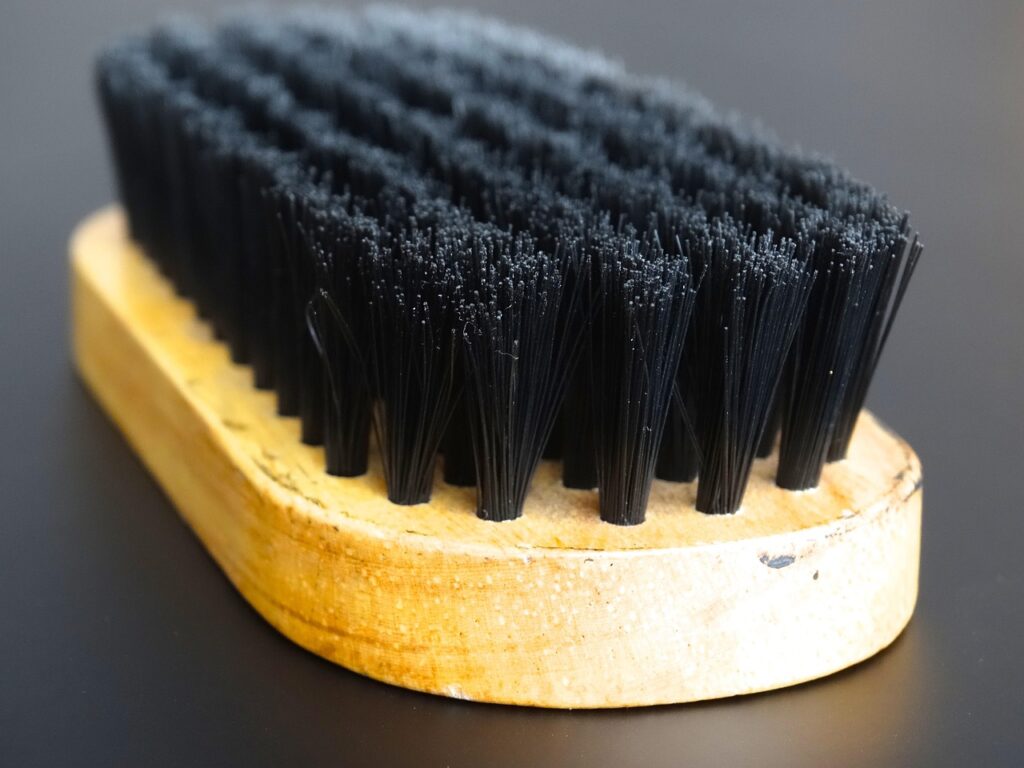
Maintaining a clean enclosure requires reptile-specific cleaning products that effectively eliminate harmful bacteria without introducing toxic chemicals. Reptile-safe disinfectants typically avoid phenols, pine oils, and other compounds that can be harmful to reptiles even in residual amounts after cleaning. A dedicated set of cleaning tools including scrub brushes, microfiber cloths, and spray bottles should be used exclusively for reptile enclosures to prevent cross-contamination from household cleaners.
Hydrogen peroxide-based cleaners and diluted chlorhexidine solutions are popular choices among experienced keepers for their effectiveness against common reptile pathogens while being safer than harsh disinfectants when properly rinsed. Having a quarantine procedure and separate cleaning supplies for any new or potentially ill animals helps prevent the spread of diseases across your collection.
10. Hide Boxes and Enrichment Tools
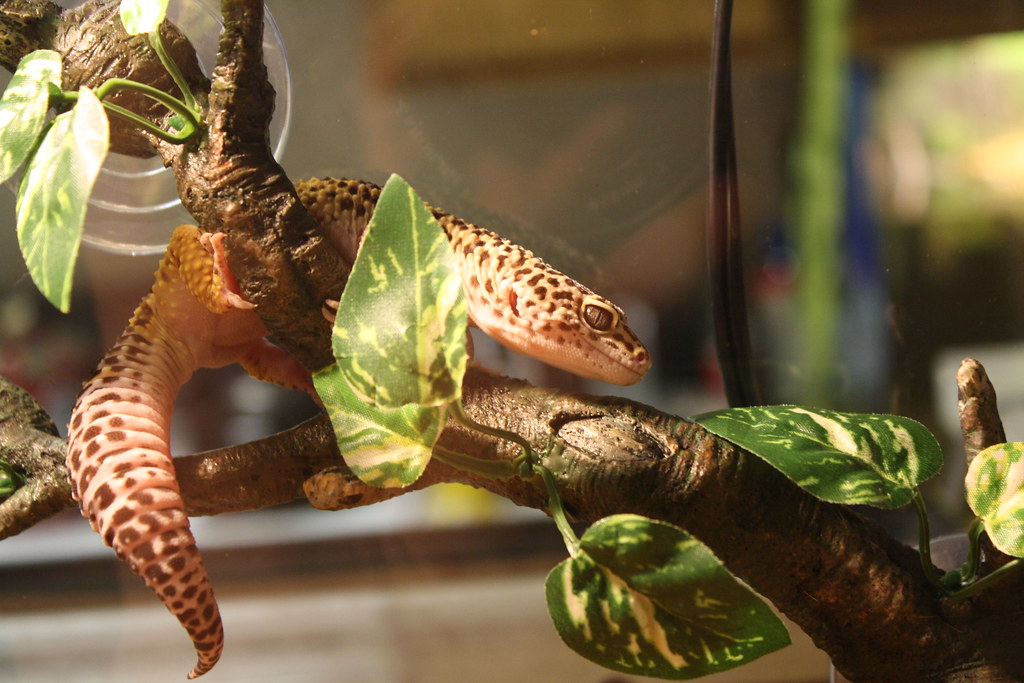
Psychological wellbeing is just as important as physical health, making appropriate hides and enrichment items essential tools in reptile husbandry. Multiple hide boxes of different sizes and materials allow your reptile to choose microenvironments that meet their thermoregulatory and security needs throughout the day. Enrichment tools might include puzzle feeders that encourage natural foraging behaviors, climbing structures for arboreal species, or digging substrates for burrowing reptiles.
Species-appropriate enrichment not only reduces stress but can prevent common behavioral problems like glass surfing, excessive hiding, or loss of appetite. The best enrichment tools mimic natural challenges your reptile would encounter in the wild, stimulating physical activity and mental engagement while providing opportunities to express natural behaviors.
11. Emergency Medical Kit
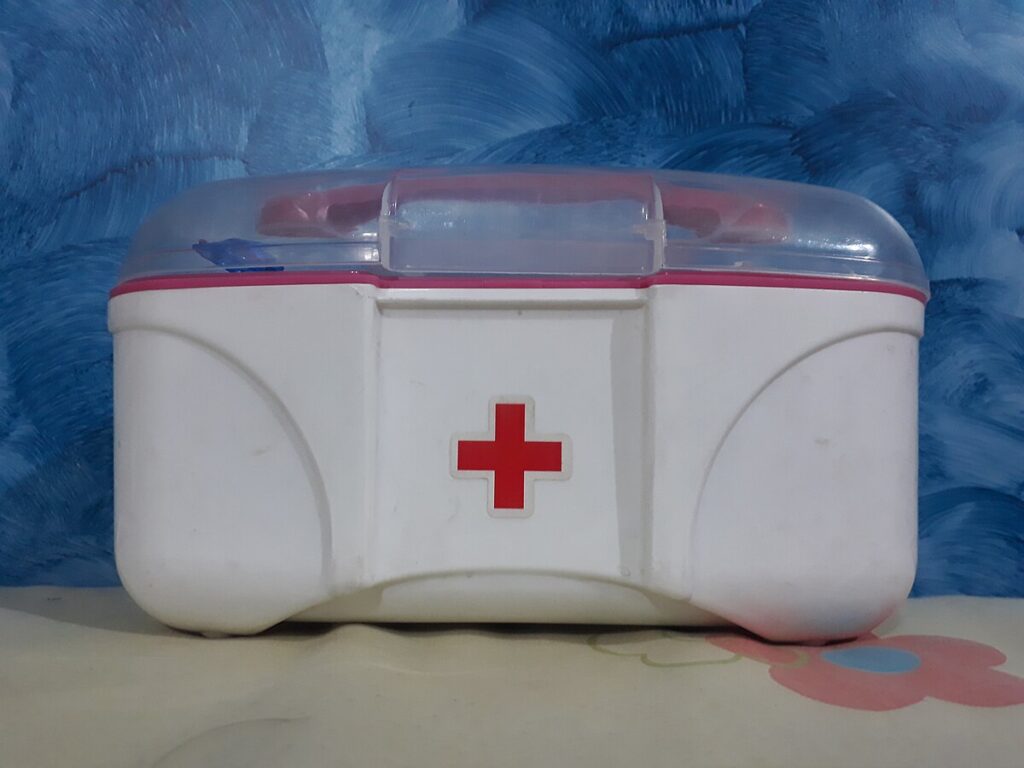
Being prepared for medical emergencies can make the difference between life and death for your reptile, especially since veterinary care may not be immediately available. A well-stocked reptile emergency kit should include items like veterinary-recommended antiseptic solutions, sterile saline for wound flushing, and appropriate bandaging materials sized for your specific species. Tools such as blunt-tipped scissors, tweezers, and syringes for oral medications or rehydration fluids should be kept clean and accessible. Having a digital thermometer to check surface temperatures of heating devices helps prevent thermal burns, while a small kitchen scale aids in monitoring weight during illness. Always include your exotic veterinarian’s contact information, after-hours emergency numbers, and basic first aid instructions specific to your reptile species in the kit for quick reference during stressful situations.
12. Record-Keeping System

Detailed records are invaluable tools for providing consistent care and tracking your reptile’s health over time. A dedicated record-keeping system—whether digital or paper-based—should document feeding schedules, weight changes, shedding cycles, breeding activities, and any unusual behaviors or health concerns. Photos taken regularly help document subtle physical changes that might otherwise go unnoticed, such as developing scale issues, slight color changes, or weight distribution differences.
For breeding projects, comprehensive records tracking lineage, clutch information, and offspring development become essential references for future breeding seasons. Many experienced keepers maintain detailed husbandry journals that prove invaluable when diagnosing issues or sharing information with veterinarians during health emergencies, as they provide context for changes in condition or behavior.
Equipping yourself with these 12 essential tools will dramatically improve your ability to provide excellent care for your reptilian companion. While the initial investment in quality equipment might seem substantial, these tools will serve you and your pet for years to come, preventing costly health issues and ensuring your reptile thrives rather than merely survives. Remember that different species have different requirements, so always research the specific needs of your particular reptile and adjust your toolkit accordingly. As you gain experience, you’ll likely develop preferences for certain brands or styles of equipment, but this foundational set of tools provides the framework for successful reptile keeping at any level of experience.

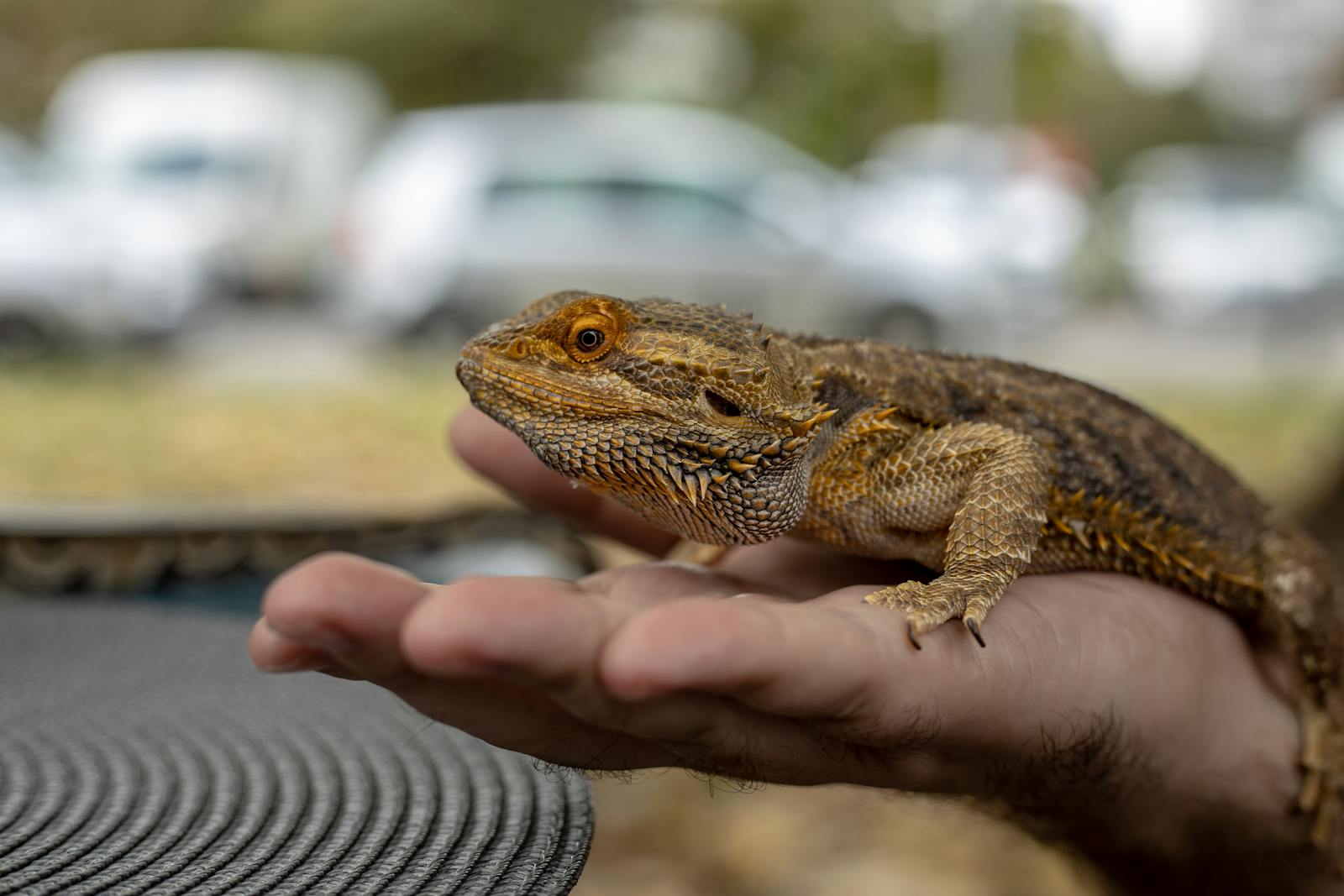
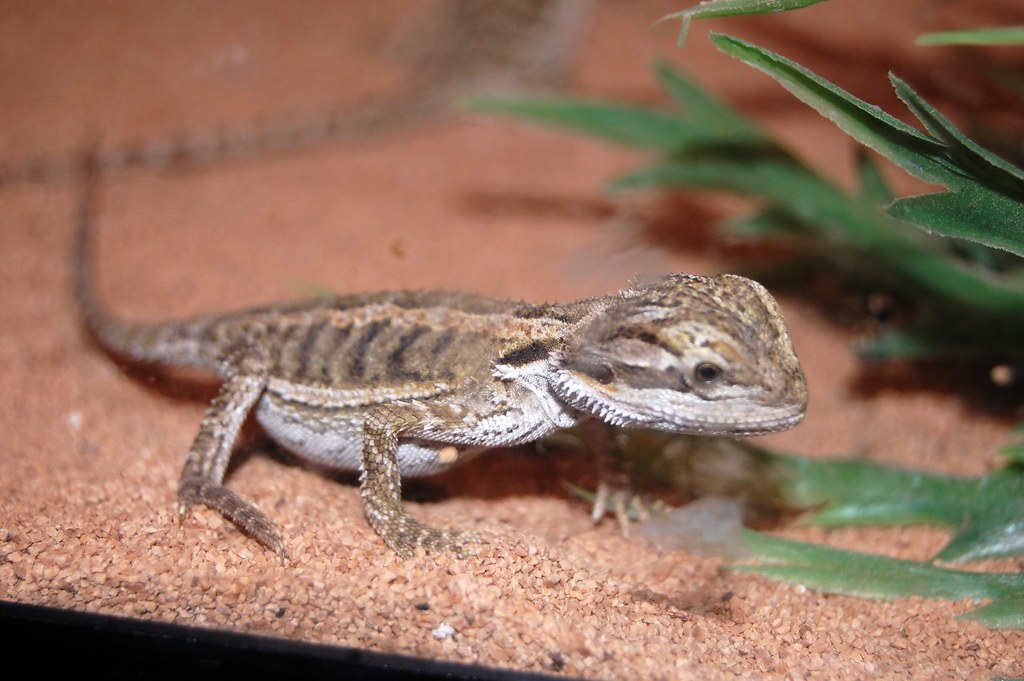

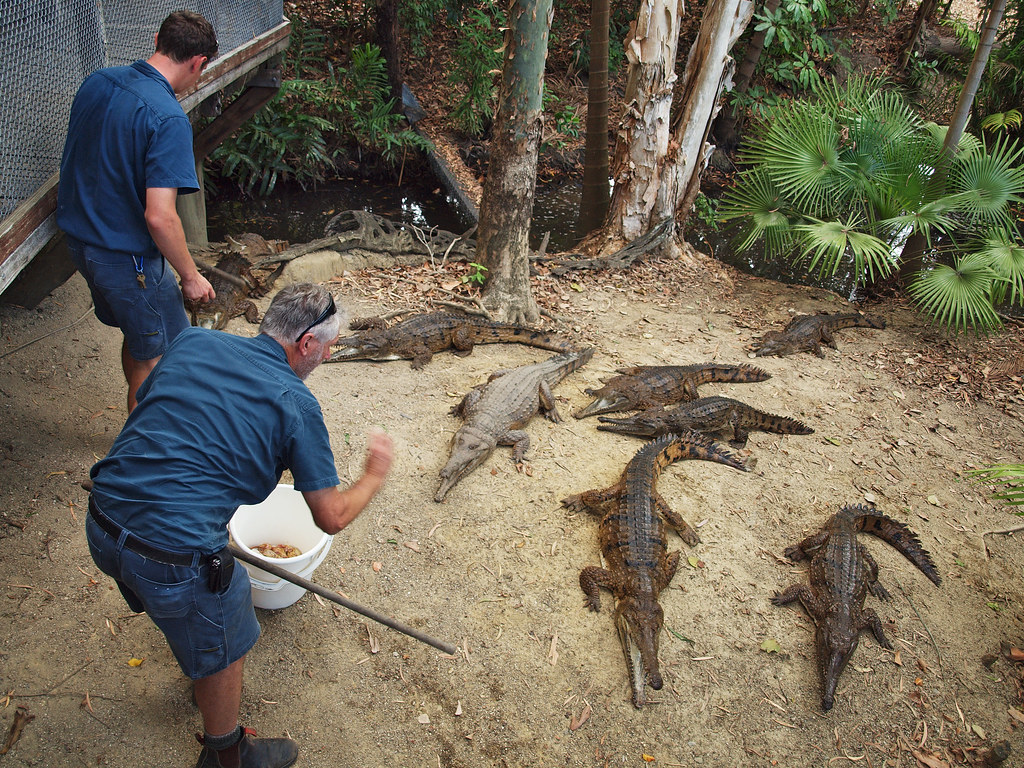
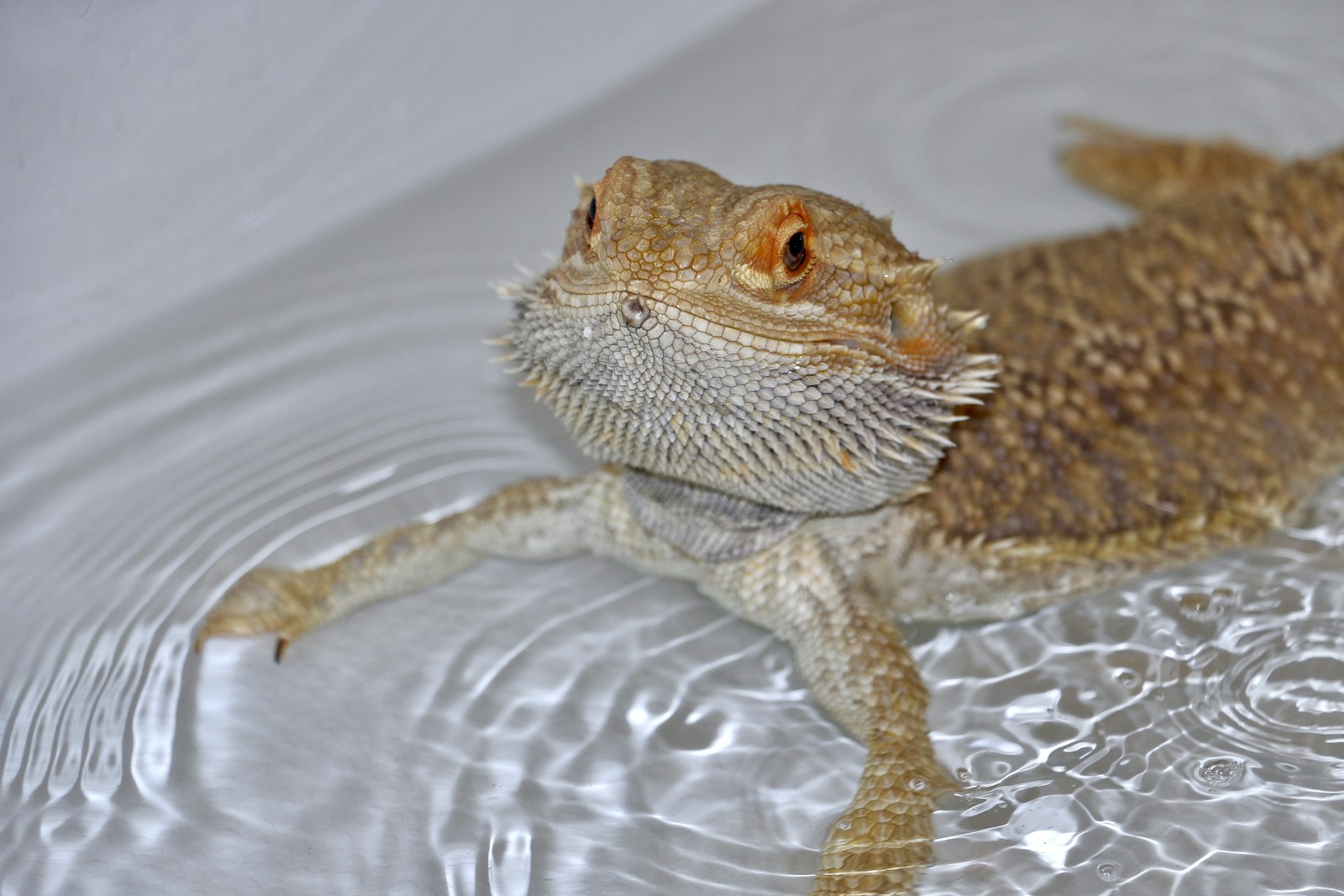
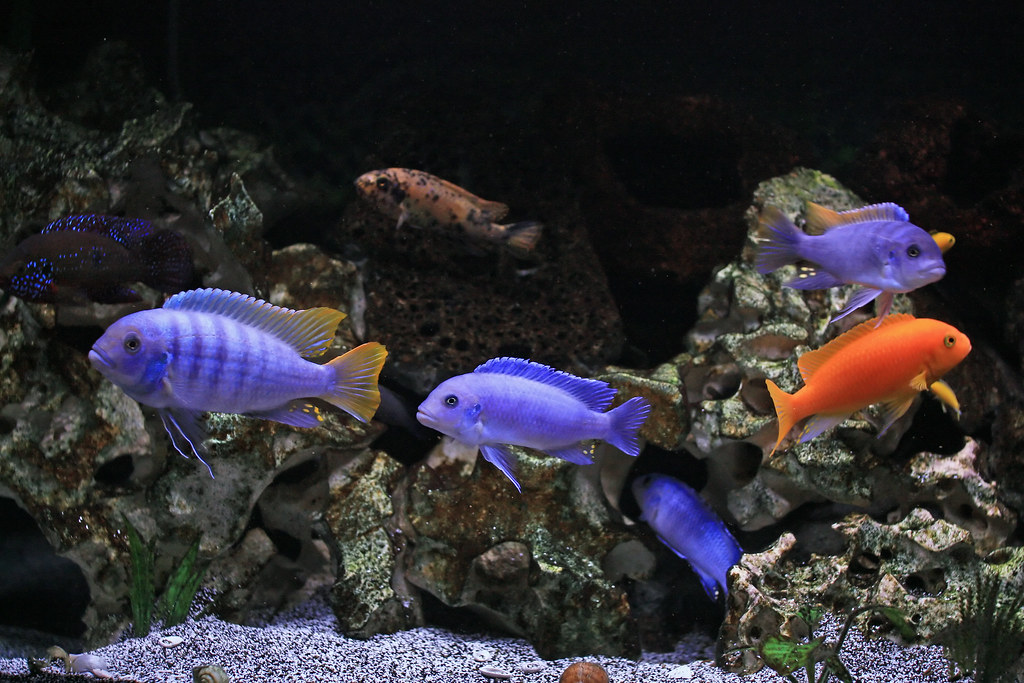
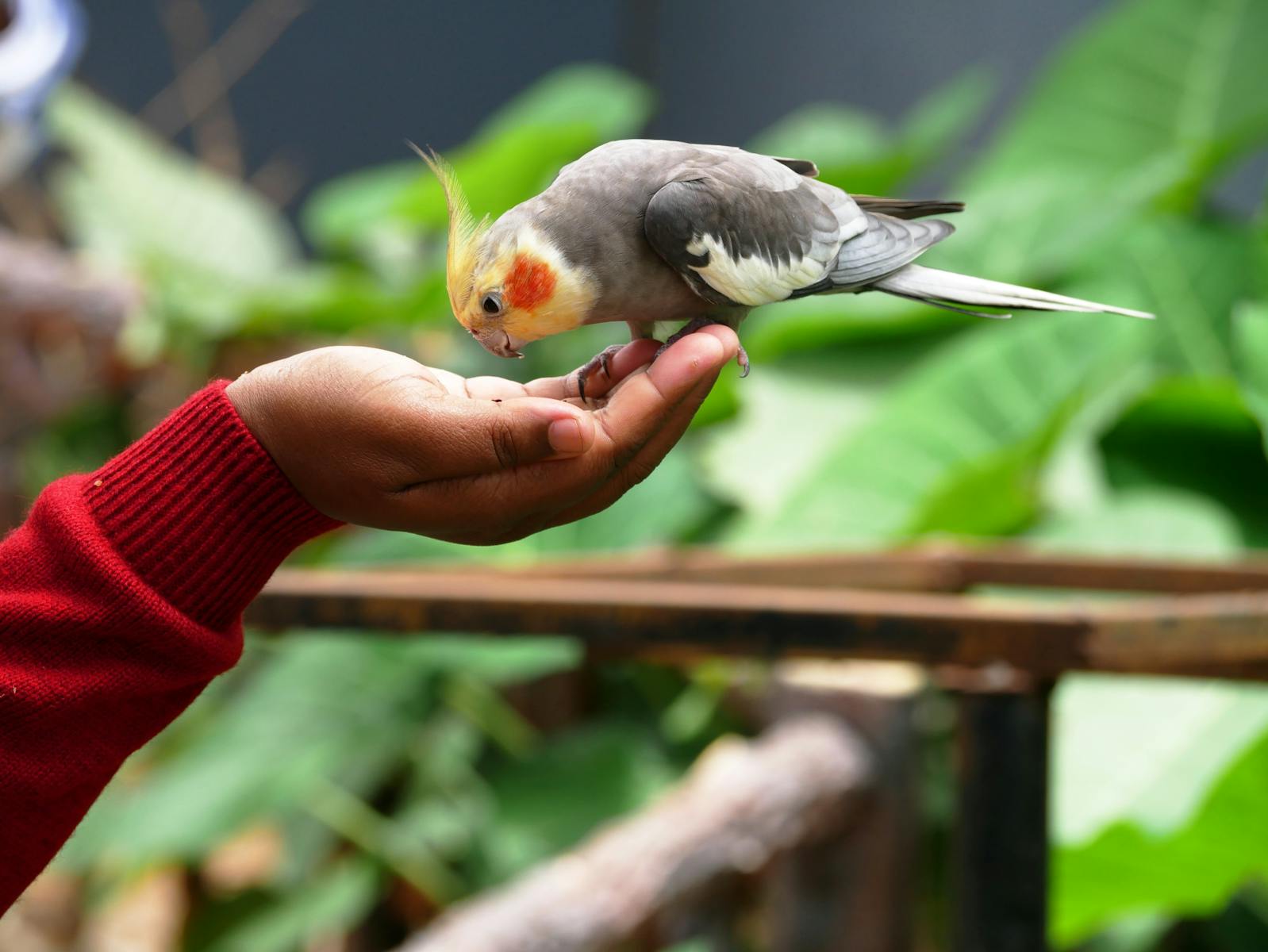
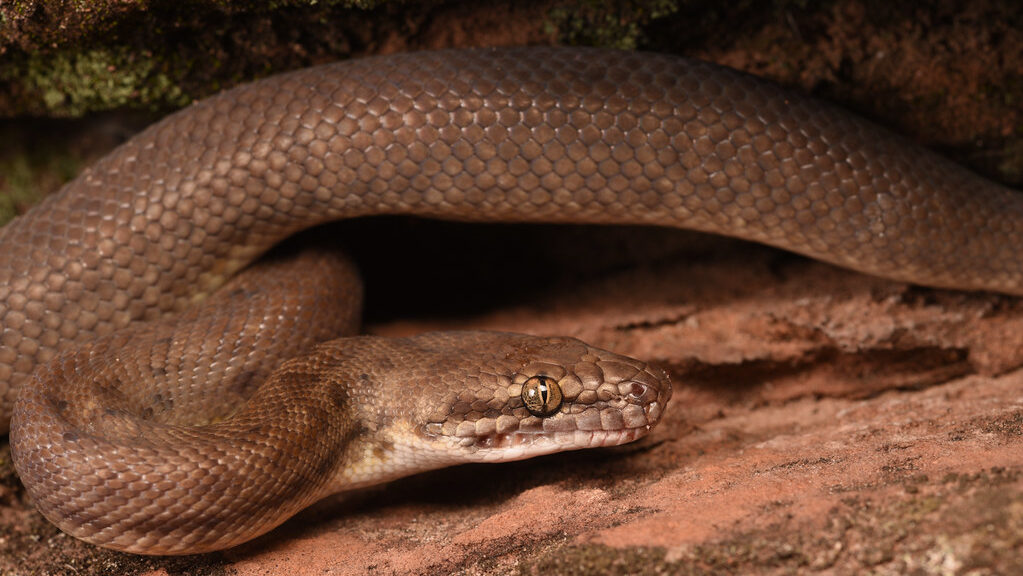
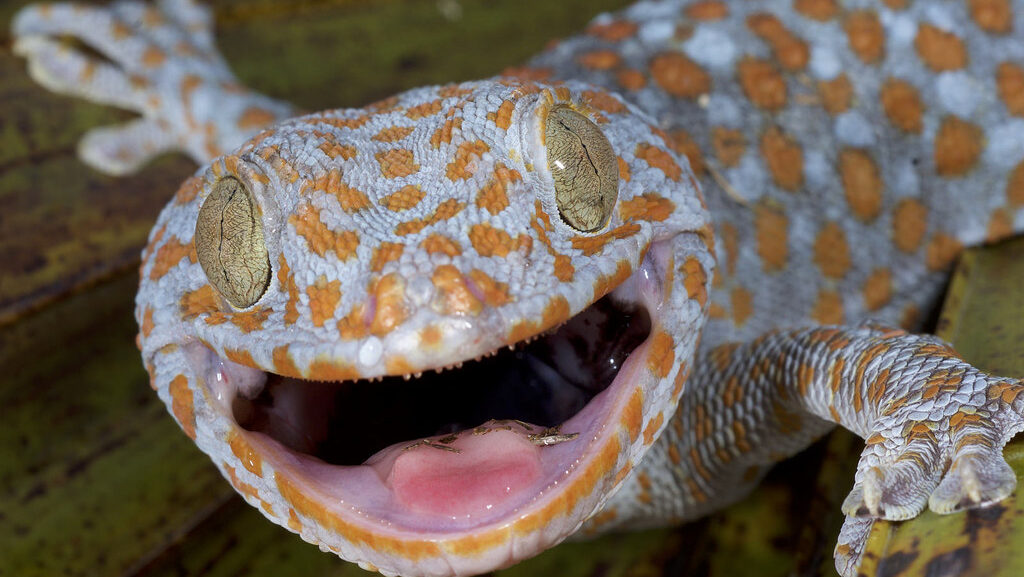
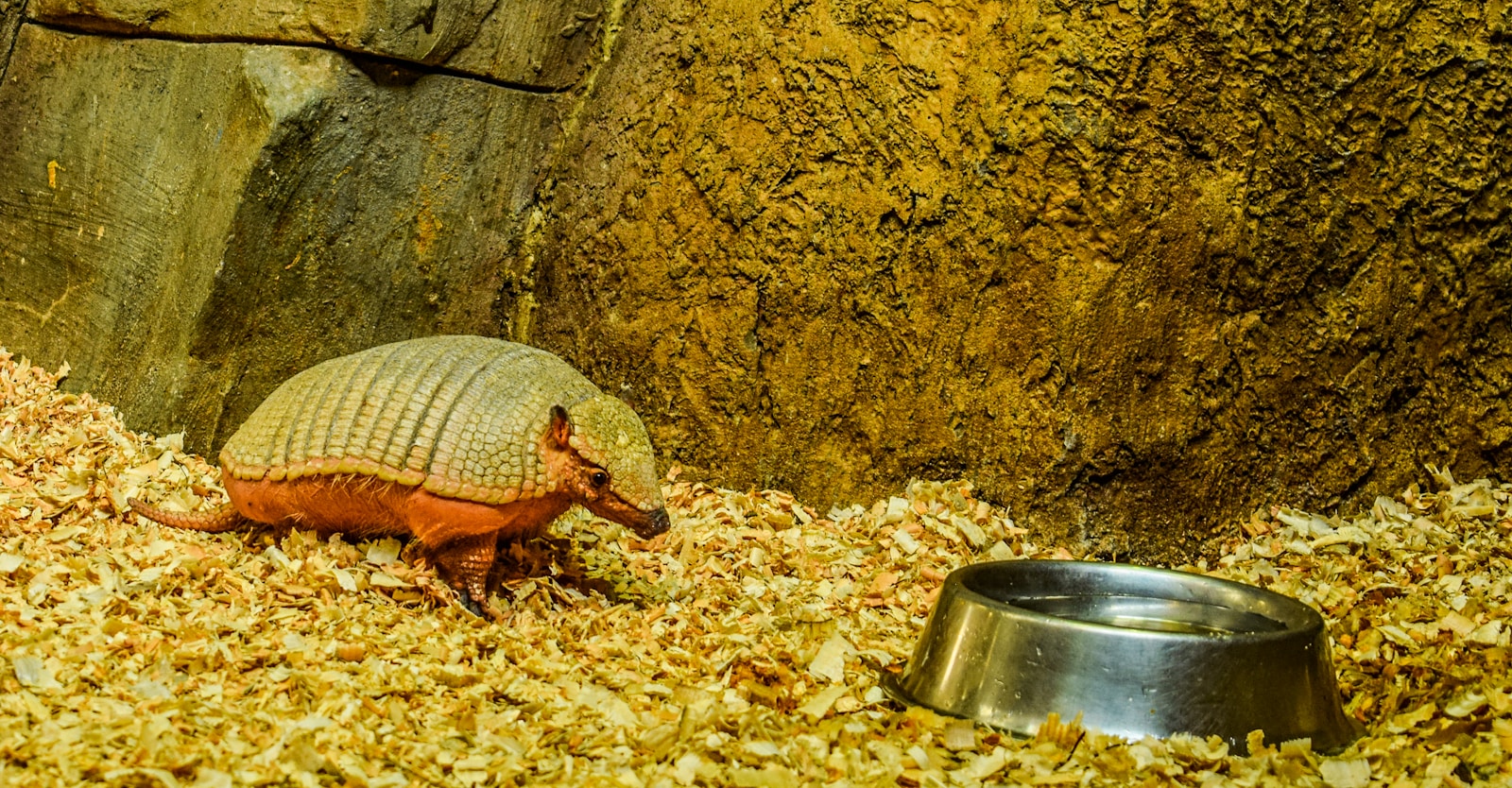




Leave a Reply